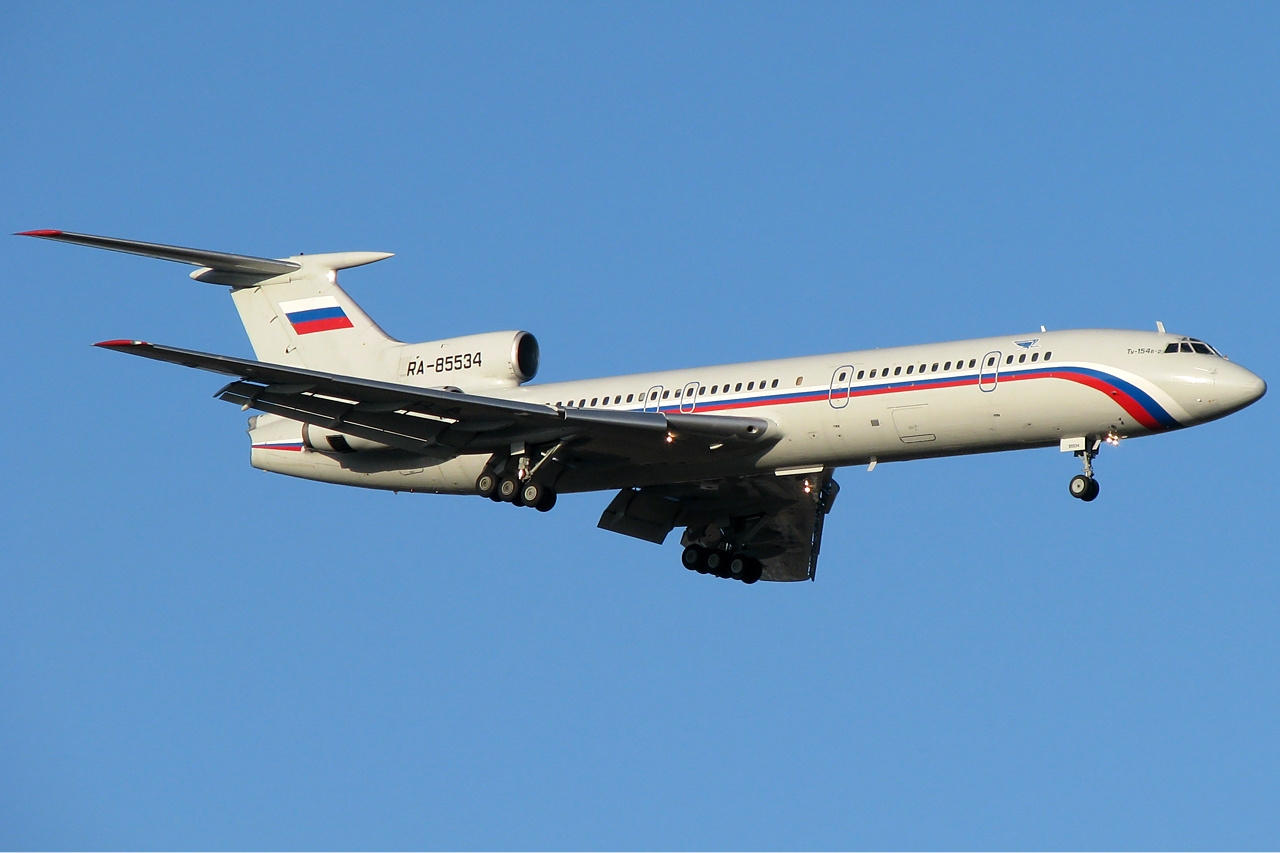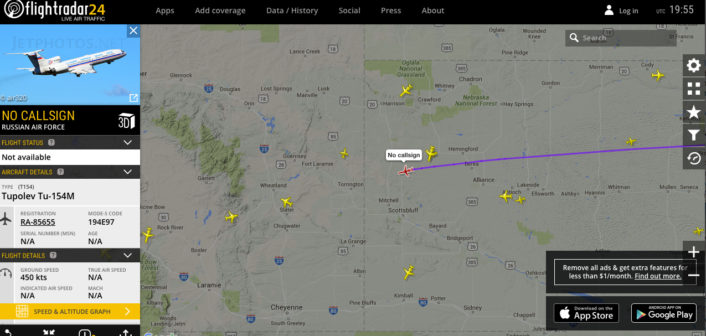Whilst Russian planes perform some Top Gun stunts over U.S. spyplanes and warships in the Baltic Sea, a Tu-154 quietly cross the American airspace thanks to the Open Skies treaty.
Since 2002, Russia, the United States and 34 other signatories to the Treaty on Open Skies have allowed a certain number of observation flights over their sovereign territory.
The treaty is designed to enhance mutual understanding and confidence by giving all participants, regardless of size, a direct role in gathering information about military forces and activities of concern to them. Open Skies is one of the most wide-ranging international efforts to date promoting openness and transparency of military forces and activities.
The treaty sets the number of flights, the type of on board sensors, the airports that can be used as well as entry points for missions: for instance, U.S. Open Skies flies in the west, must enter at Kubinka; in the east, they start at Ulan-Ude.
Russian observation missions over CONUS are conducted with a Tu-154M-ON Monitoring Aircraft and must start at Travis Air Force Base in California or Dulles International Airport, near Washington D.C. and they are pretty much allowed to fly anywhere.
The Tu-154 RA-85655 is flying at FL360 over Wyoming at 20.16 GMT and can be tracked by means of Mode-S.
Interestingly, a Russian Antonov An-30B surveillance plane, that was supposed to operate out of Eskisehir airfield, Turkey, was denied clearance to perform an Open Skies Treaty flight over Turkish territory last February, few days after a RuAF Sukhoi Su-34 Fullback bomber allegedly violated Ankara’s airspace while performing a mission from Hmeymim airbase, near Latakia, in northwestern Syria.
It looks like the Turkish military refused to allow the flight to take place after the flight route was discovered to include observation areas adjacent to the Syrian border and airfields where NATO aircraft are concentrated.
Image credit: Flightradar24.com














